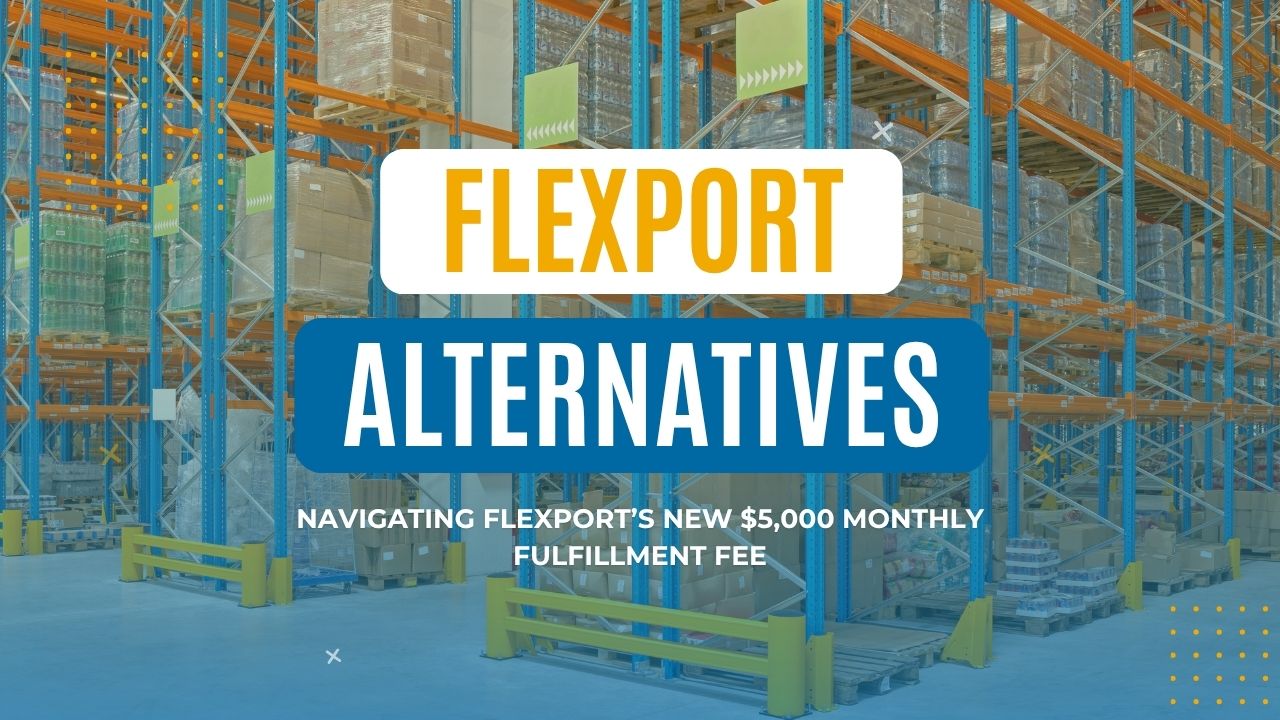
Jump right in: Flexport Alternatives: Navigating Flexport’s New $5,000 Monthly Fulfillment Fee
Wait, $5,000 a Month? Here’s What Flexport Just Dropped
So here’s the headline: Flexport is rolling out a $5,000 monthly minimum fee for fulfillment services starting January 1, 2026 (Flexport Support). No, that’s not a typo. Five grand. Per month.
This is a serious shift from the $500 minimum they quietly introduced just a few months ago. Now, if you’re not hitting $5,000 in fulfillment charges in a given month, you’ll be billed the difference. For example: only spent $3,000 on fulfillment in January? Congrats, you still owe another $2,000 just to meet the threshold. That’s the new baseline.
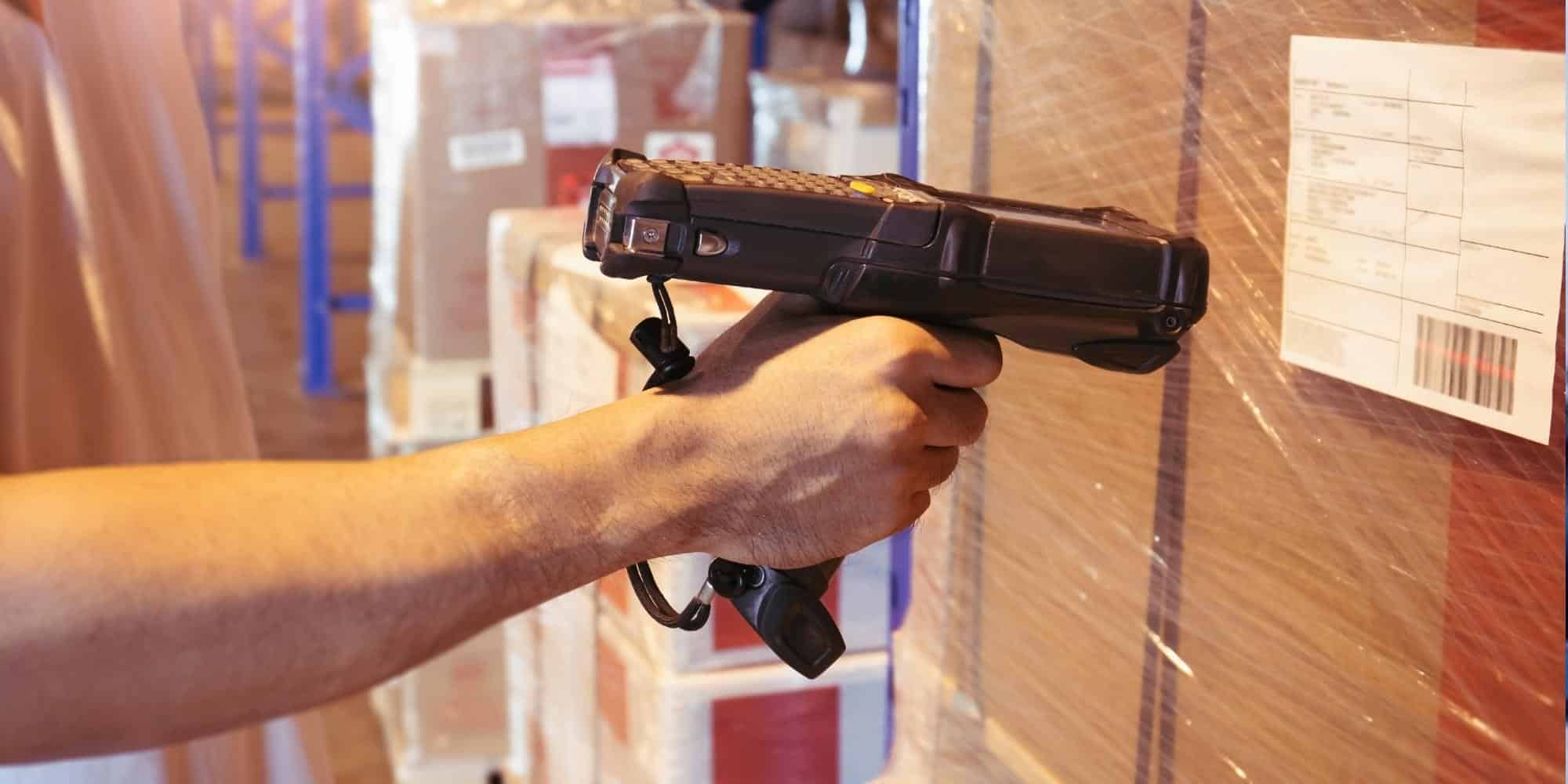
And what counts toward that minimum? Just about everything except DTC storage fees:
- Direct-to-consumer (DTC) fulfillment
- B2B shipping
- Reserve storage
- Parcel and freight (FTL/LTL) shipping
- Handling, labeling, prep
- Even credit card processing fees
(Flexport)
What doesn’t count? Your standard DTC storage. So if you’ve got products just sitting in their warehouse, don’t expect that to help cover your minimum.
Flexport’s reasoning? They say this new floor helps them provide “consistent, high-quality service for our active customers.” In other words, they want to focus on bigger-volume merchants who keep the conveyor belts rolling. And to be fair, minimums aren’t unusual in logistics. You’ll find them scattered across the 3PL landscape.
But $5,000? That’s not a small business tax, it’s a borderline breakup letter for lower-volume sellers. It’s not surprising, then, that some Flexport clients were blindsided.
One even joked the email should’ve come “in bold, all caps, and maybe blinking red.” .
Honestly, it feels like Flexport’s drawing a line in the sand. And if you’re not spending like a top-tier client? That line might be pushing you out.
Looking to Make the Switch to a 3PL Ready for Any Business?
No Minimums. No Set-Up Fees. Request a Free Quote Today!
Small Business? You’re Not the Target Anymore
If you’re a small-to-mid-sized ecommerce seller, Amazon, Shopify, DTC, you name it, Flexport’s new $5,000 monthly minimum might just knock you off their radar.
When they launched the $500 minimum earlier this year, it wasn’t a huge deal. Most sellers doing 40+ orders a month cleared it easily.
But $5,000? That’s a whole different beast.

Even sellers shipping 300–400 orders a month might fall short, depending on product size and service mix. And if you’re:
- A startup
- A seasonal or niche brand
- Running a crowdfunding campaign
…you’re probably not going to hit that mark.
Instead, you’ll be paying out of pocket, for services you didn’t use, just to stay compliant. That kind of overhead eats straight into your margins and cash flow.
Flexport doesn’t hide it. Their email straight-up admits this could “impact some businesses, especially those with lower-volume fulfillment needs.” And if it doesn’t work for you? They’re happy to help with removals or disposals through the Seller Portal.
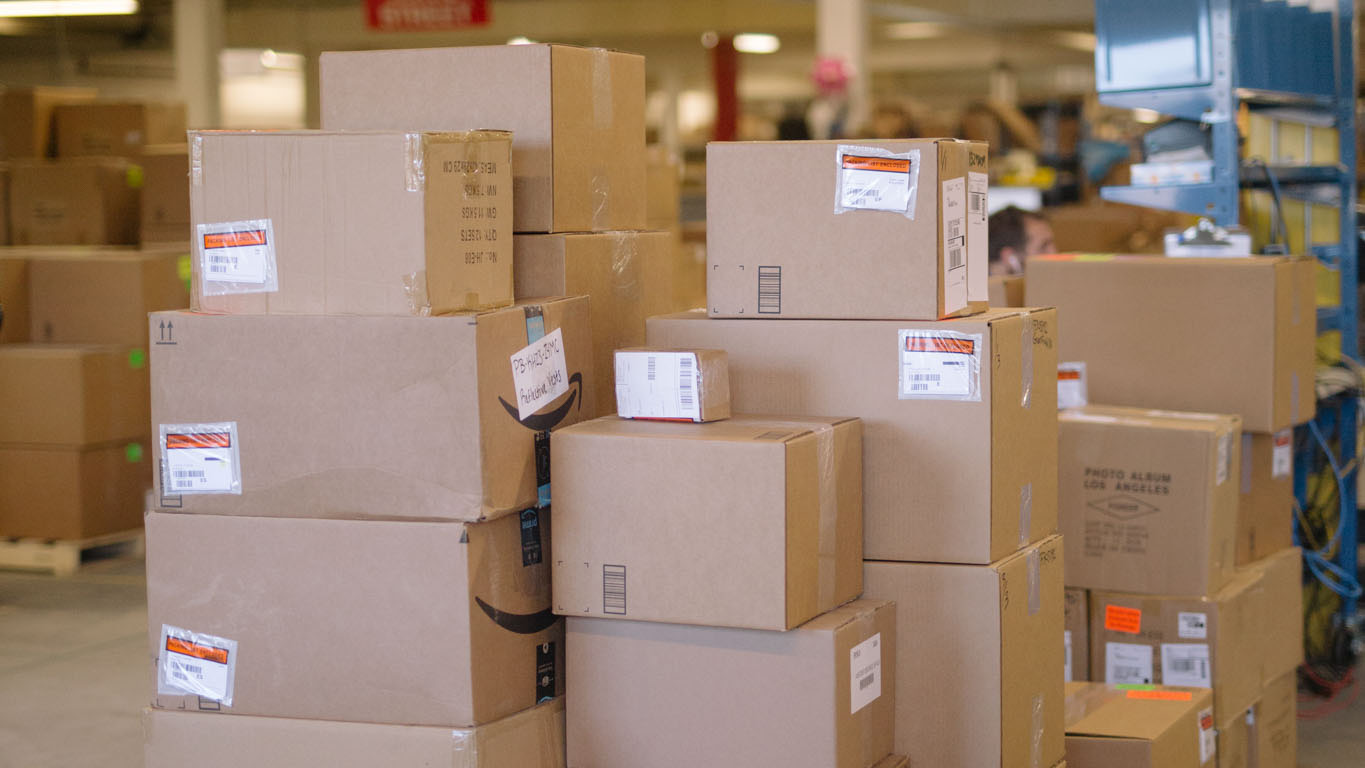
Some sellers are already jumping ship. One told us:
“Our pallets are already en route to our new provider.”
That’s not just frustration—it’s a pattern. For smaller brands, this move feels like getting quietly fired.
Why the shift? It tracks with Flexport’s broader strategy. After acquiring Shopify’s logistics arm (Deliverr) in 2023, they’ve been clearly angling toward bigger brands with deeper pockets (SalesDuo).
So if you joined Flexport back when they felt like a good fit for scrappy startups and DTC sellers, you’re not wrong. They were. But come January 2026, you’ll need to meet a much steeper price of admission.
And if you’re not spending like an enterprise? It might be time to start looking elsewhere.
Don’t Panic, Use this Change as an Opportunity
Yeah, Flexport’s new policy is frustrating. But it’s also a chance to rethink your fulfillment setup.
If their pricing no longer works for your business, you’re not the only one. The ecommerce world has been talking about “Flexport alternatives” ever since they introduced the original $500 minimum.

This is a good time to ask yourself a few quick questions:
- Do you need 2-day shipping coverage across the U.S.?
- Are you shipping internationally, or plan to?
- Is avoiding monthly minimums a must?
- Do you offer heavy items, fragile goods, or subscription boxes?
If the answer is yes to any of those, you’re in luck, there are providers that specialize in exactly that.
The key is to find a partner that fits your actual business model, not someone else’s volume requirements. And preferably one that won’t tack on a few grand in make-up fees just to keep your spot on the shelf.
Managing Fulfillment doesn’t have to be a hassle.
Partnering with a 3PL like eFulfillment Service means you can focus on growing your business while we handle the details. Request a Free Quote Today!
The Top 5 Flexport Alternatives – Fulfillment Services Worth Looking Into
You’re not stuck. There are plenty of fulfillment providers that serve ecommerce sellers, without the surprise five-figure minimums.
Below are some of the top Flexport alternatives right now.
1. eFulfillment Service – Best All Around Flexport Alternative
No monthly minimums, No setup fees, Over 21 Years of Experience
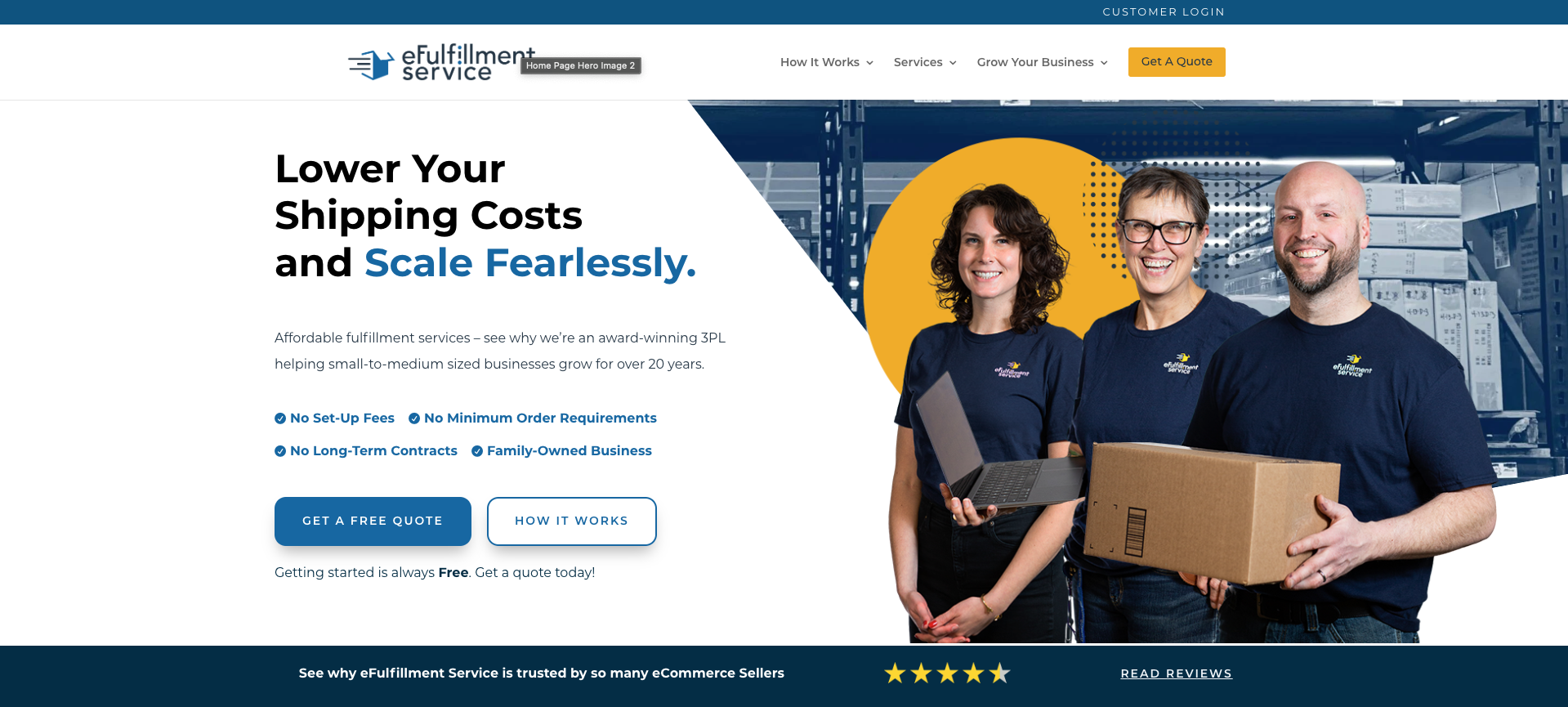
eFulfillment Service is our top pick for a Flexport Alternative due to its balanced offering of affordability, flexibility, and experience. Founded over 20 years ago, this family-owned 3PL has been providing award-winning fulfillment services for small-to-medium eCommerce businesses. They pride themselves on transparent pricing with no setup fees, no long-term contracts, and no order minimums. eFulfillment Service integrates with 40+ shopping carts and marketplaces for free, making it simple to sync your orders. With a 99.9% order accuracy rate, they have a strong reputation for reliability.
Why We Picked eFulfillment Service: For sellers of any size, eFulfillment Service offers an excellent all-around solution. Its transparent, no-surprise pricing and lack of minimums lower the barrier for small shops to outsource fulfillment. At the same time, its reliable service and ability to scale make it suitable for larger stores too. The company has decades of experience and a track record of happy clients. While it operates only one U.S. warehouse, eFulfillment Service compensates with efficiency and personalized service. If you value cost savings, simplicity, and trustworthiness, this 3PL is hard to beat as the best overall fulfillment service for Shopify stores.
2. Red Stag Fulfillment – Best for Heavy or High-Value Products
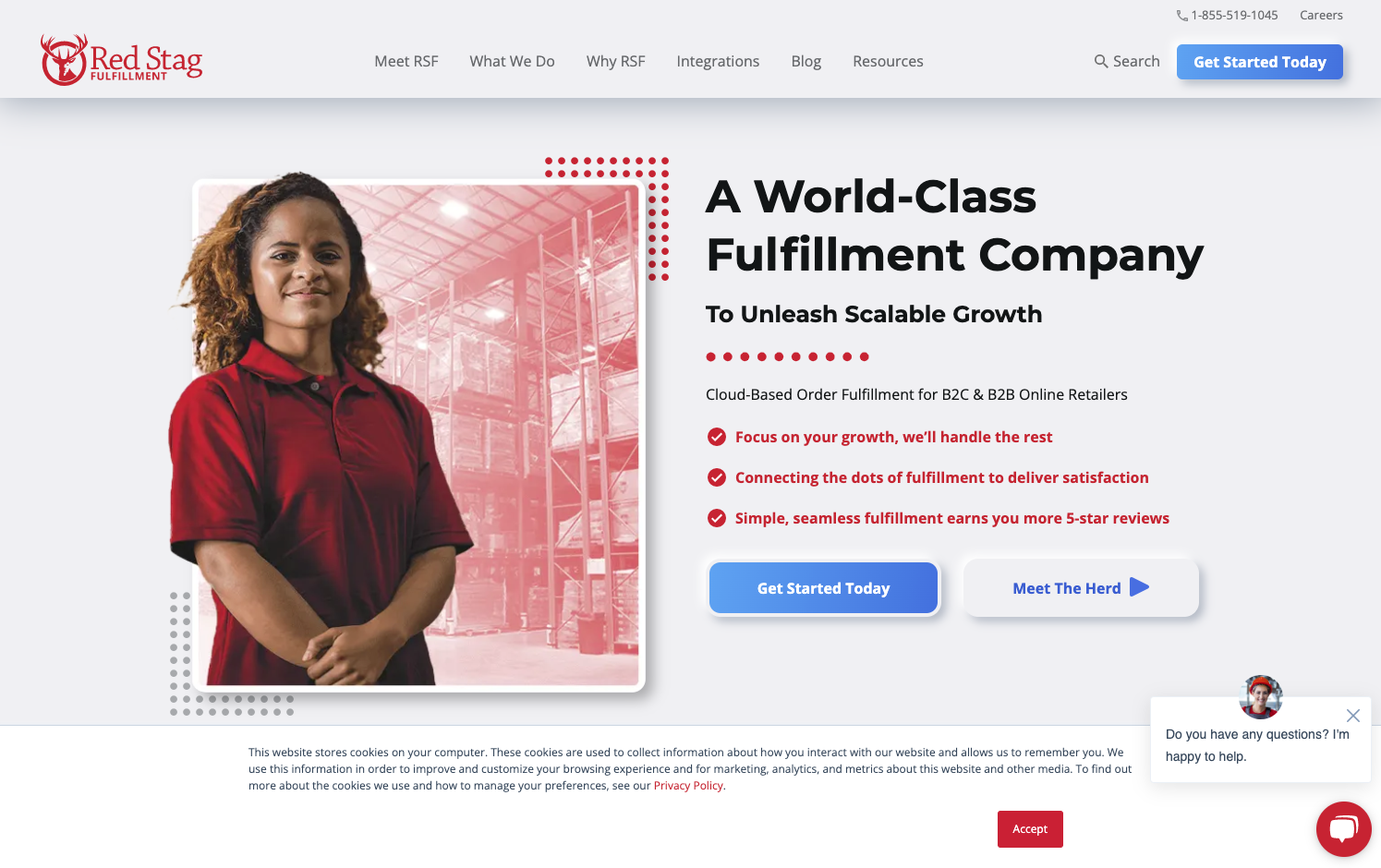
Red Stag Fulfillment is a top-tier U.S. 3PL that carved out a strong niche: handling bulky, heavy, high-value, or fragile products with exceptional care. If your store fulfills items that are large (think furniture, gym equipment), heavy (free weights, batteries), expensive (electronics, luxury goods), or need extra careful handling (fragile decor, glassware), Red Stag is often cited as the fulfillment service to trust. They were founded by eCommerce entrepreneurs who were dissatisfied with other 3PLs’ handling of their own heavy products, so they built Red Stag with an emphasis on accuracy, security, and customer service.
|
Red Stag Fulfillment |
Details |
|
Best for |
Sellers of large, heavy, high-value, or fragile products who need a 3PL that can handle these items with care and precision. Examples: furniture, televisions, musical instruments, workout equipment, artwork, etc. Also ideal if you need near-perfect accuracy and are willing to pay a premium for peace of mind. |
|
Pricing |
$$$$ – Premium custom pricing. Expect higher-than-average fulfillment fees due to special handling. Storage often by pallet (if you sell big items, pallet storage is efficient). No setup fees but likely a monthly minimum volume. Red Stag often compensates clients if they make a mistake, reflecting confidence in their service. Budget accordingly for quality. |
|
Unique Features |
– 100% Accuracy Guarantee: They guarantee orders go out correct and on-time, or they pay you (e.g., they’ll cover the shipment cost or even the order value in some cases). – Security: High security warehouses (video surveillance, staff vetting) to prevent theft – important for expensive goods. – Special Handling: Trained staff and equipment for heavy/fragile items (no “one size fits all” packing; they use appropriate materials and methods). – Technology: Integrates easily; provides real-time stock levels, and reports tailored to inventory turn for large products. |
|
Warehouse Locations |
2 warehouses (Knoxville, TN and Salt Lake City, UT in the USA). This bi-coastal approach allows 1-2 day ground shipping to most U.S. destinations. Climate-controlled storage available for sensitive items. Having fewer warehouses means consistent procedures and quality control, at the cost of maybe slightly longer shipping to some areas (but generally it’s optimized). |
Why Red Stag is worth it for the right merchants: If your store’s reputation hinges on delivering bulky or expensive items without a hitch, Red Stag’s focus is exactly that. Their clients often ship products where a single item might be worth hundreds or thousands of dollars, so mistakes are very costly. Red Stag’s operation is built to minimize errors, prevent damage, and handle complexity (like freight shipments or needing two people to lift an item) that typical eCommerce fulfillment centers may struggle with.
The fact that they offer guarantees and will take financial responsibility if something goes wrong is a huge vote of confidence – you won’t find many 3PLs willing to do that. Additionally, their knowledge of shipping heavy items can save you money; for example, they might use FedEx Home Delivery for a 100 lb item in a way that avoids surcharges or use custom boxing that lowers dimensional weight. They often catch things like “this product needs extra padding” before issues occur.
Considerations: Red Stag’s premium nature means it’s probably overkill if you sell typical small or lightweight items – those sellers can use cheaper options. Also, with only two warehouses, extremely time-sensitive shipments to far corners might sometimes go 3 days ground instead of 2 days; but in practice their coverage is fine for most. Onboarding with Red Stag might take a bit longer because they’ll really analyze your product requirements (which is good, but it’s a thorough process).
Lastly, they are U.S.-focused. If you need international fulfillment, Red Stag isn’t as strong in that – you’d likely use them for U.S. orders and another partner for overseas, since they do domestic U.S. exceedingly well. In summary, for what they specialize in, Red Stag is arguably the best in that class, making them an excellent choice for merchants with challenging fulfillment needs.
3. ShipBob – Best For Brands Who Need Multiple Warehouse Locations
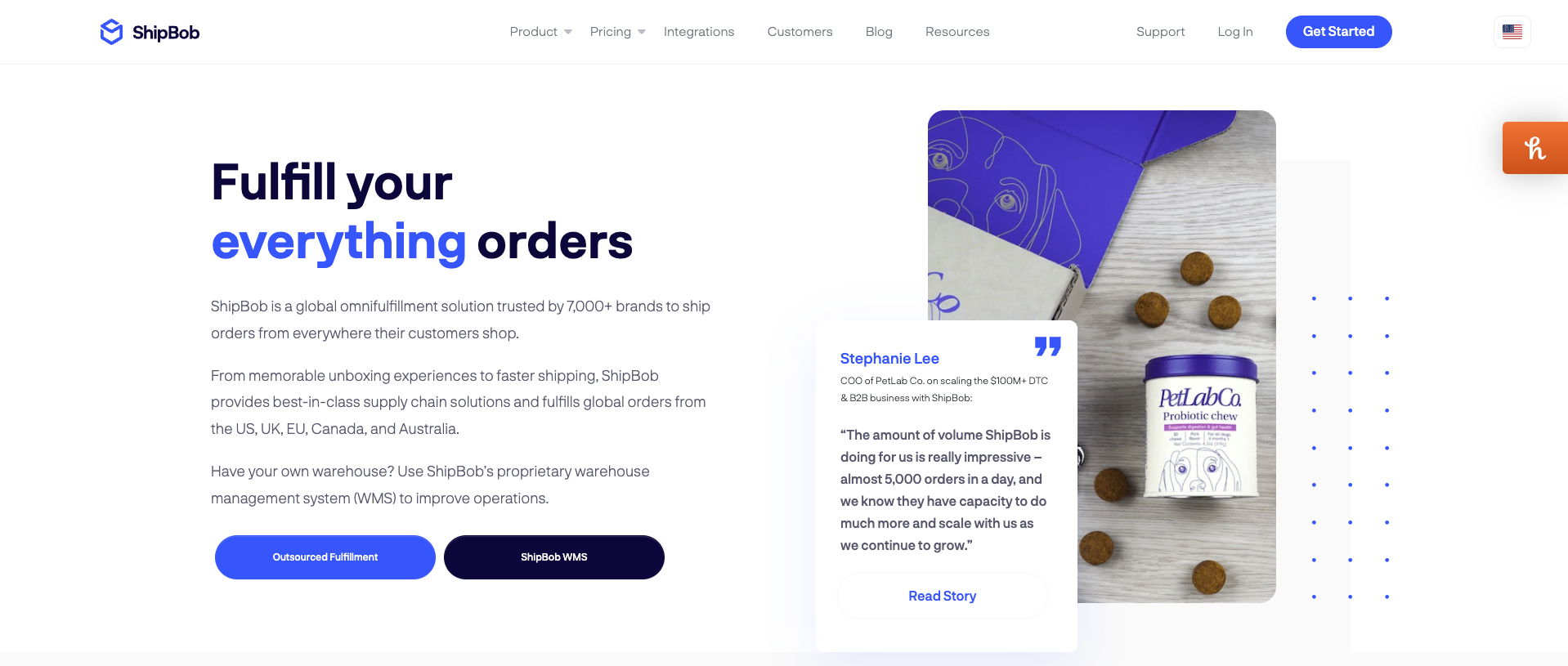
ShipBob is a big name in eCommerce fulfillment and an especially strong choice for merchants who prioritize multiple warehouse locations. Founded in 2014, ShipBob has rapidly grown into a 3PL with anetwork of 50+ fulfillment centers across the United States (and expanding internationally). They integrate with Shopify. ShipBob boasts a 99.95% order accuracy rate, ensuring customers get the right products on time.
|
ShipBob at a Glance |
Details |
|
Best for |
Sellers looking for an easily scalable fulfillment solution. Mid-size and larger brands that are expanding domestically or globally will benefit most. |
|
Pricing |
$$ – Moderate, volume-based pricing. Example costs: ~$5/month per bin storage, pick+pack ~$0.20–$0.30 per item plus shipping. $275 monthly minimum applies, so micro-sellers may find it pricey. |
|
Warehouse Network |
50+ warehouses (USA in all regions; also in Canada, EU, UK, Australia). You choose which warehouses to stock. This network enables fast shipping to most U.S. customers. International fulfillment available (useful if you have global Shopify stores). |
|
Notable Features |
– Shopify Integration: Robust and seamless; auto-sync orders and tracking. – Speed: 2-Day Express Shipping program and same-day order processing in many centers. – Tech Platform: Advanced dashboard with real-time inventory, analytics, and order management. – Customization: Offers custom packaging, branded inserts, and kitting so you can maintain brand experience. – Customer Support: Reputation for responsive support and dedicated reps for larger accounts. |
Why ShipBob stands out: ShipBob has become one of the top fulfillment choices for some merchants by combining logistics efficiency with user-friendly tech. If your goal is to offer Amazon-level shipping speeds (like 2-day delivery) on your store, ShipBob is a strong contender. The ability to tap into multiple warehouses and its high order accuracy (99.95%) means you can keep customers happy across the country. Additionally, the centralized software and integration simplify operations – you won’t spend time manually pushing orders or updating tracking. For rapidly growing eCommerce brands, ShipBob scales alongside you; many merchants report smooth experiences expanding into new markets using ShipBob’s network.
Keep in Mind: ShipBob’s comprehensive service can be a bit pricier for very small sellers, since you need to meet minimum usage or else pay for unused capacity. Also, getting detailed quotes can require providing your product catalog and order estimates, as costs depend on factors like SKU dimensions and destinations. Overall, though, if your volume is growing and you need a reliable 3PL to handle fast shipping, ShipBob is one of the best in the business.
Do You Really Need Multiple Warehouses?
Check out are article about the Hidden Costs of Multiple Warehouse Fulfillment vs. Single Warehouse Fulfillment, so you can make the best choice for your brand!
4. Amazon MCF (Multi-Channel Fulfillment)
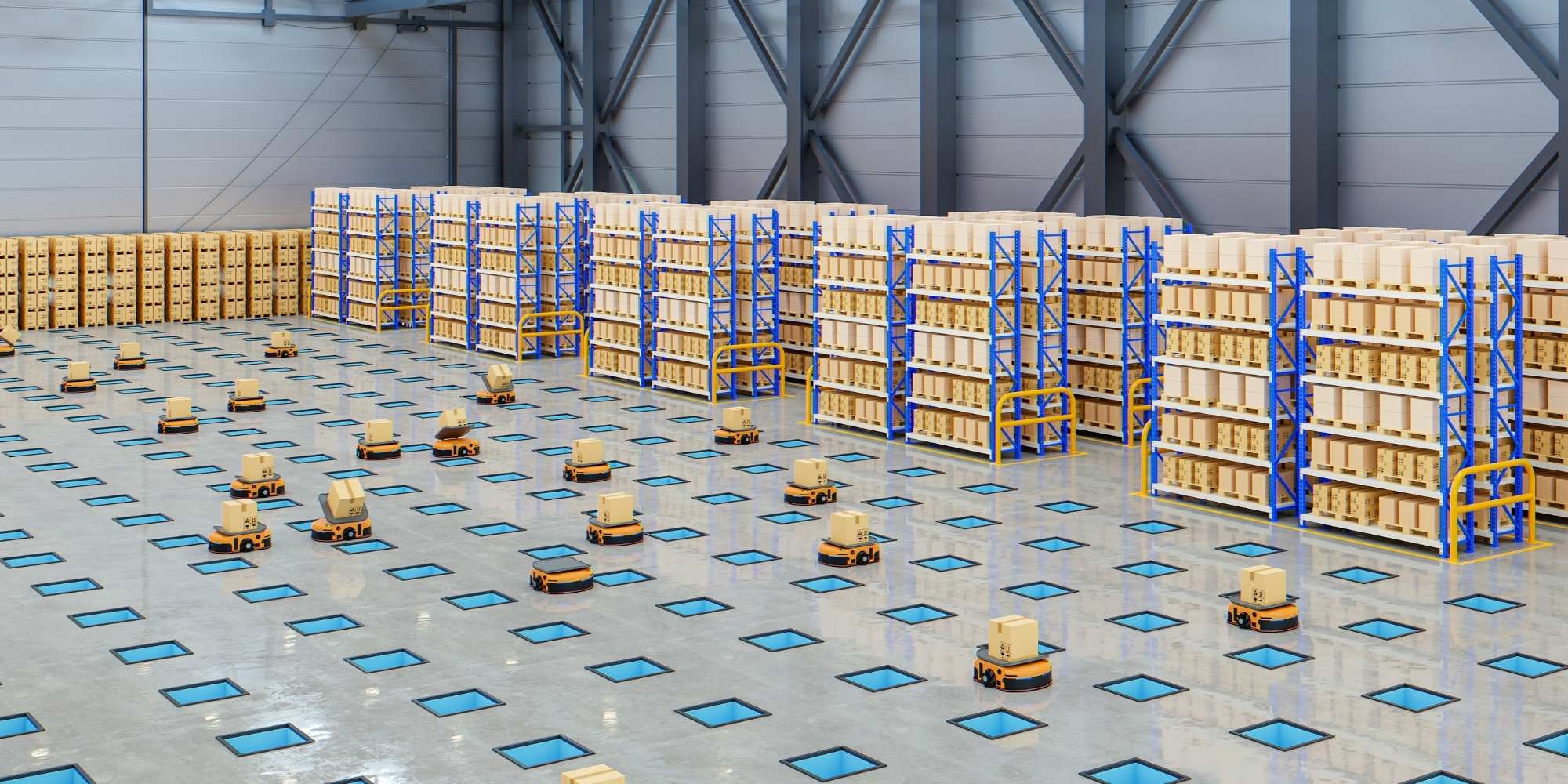
Use your FBA inventory to fulfill non-Amazon orders too.
|
Feature |
Amazon MCF Offering |
|
Monthly Minimum |
None |
|
Requirements |
Must use FBA and stock inventory at Amazon |
|
Ideal For |
Amazon-first brands with multichannel needs |
Pros
- No extra monthly fees beyond per-order rates
- Fast, reliable delivery using Amazon’s infrastructure
- “Blank box” shipping option for non-Amazon orders
Cons
- Only available to Amazon sellers
- Must follow FBA rules (labeling, prep, inbound, etc.)
- Limited control if issues arise (Amazon prioritizes Prime)
- Storage costs and peak restrictions can hurt margin
5. Walmart Fulfillment Services (WFS)
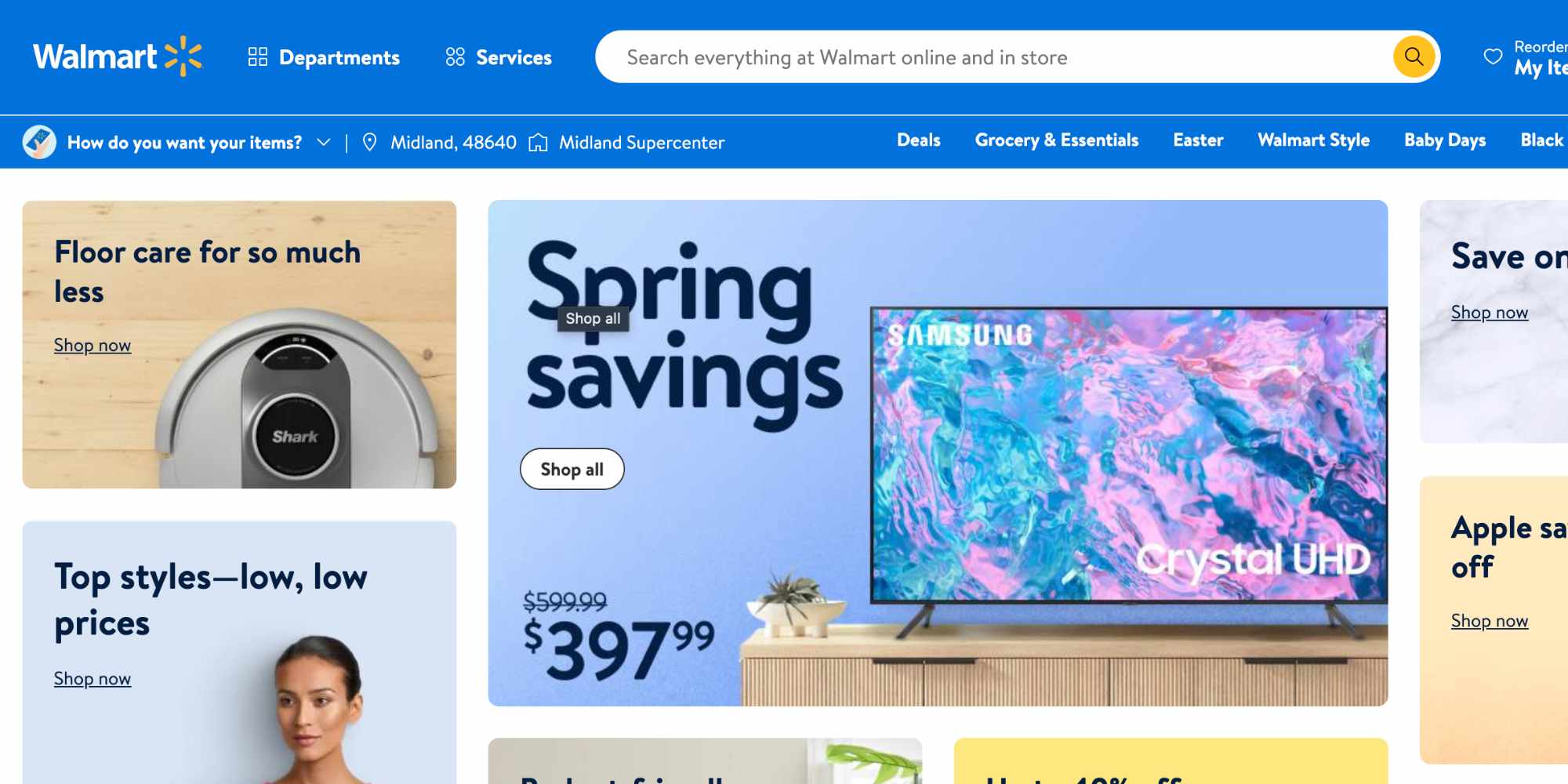
Great for Walmart sellers—less so for everyone else
|
Feature |
WFS Offering |
|
Monthly Minimum |
None |
|
Order Scope |
Walmart.com orders only |
|
Speed |
2-day delivery available |
|
Ideal For |
Brands focused heavily on Walmart Marketplace |
Pros
- Competitive rates
- Helps boost visibility within Walmart listings
- No Flexport-style minimum
Cons
- Can’t use for Shopify, Amazon, or DTC site orders
- Not a full multi-channel fulfillment solution
Other Fulfillment Options to Explore
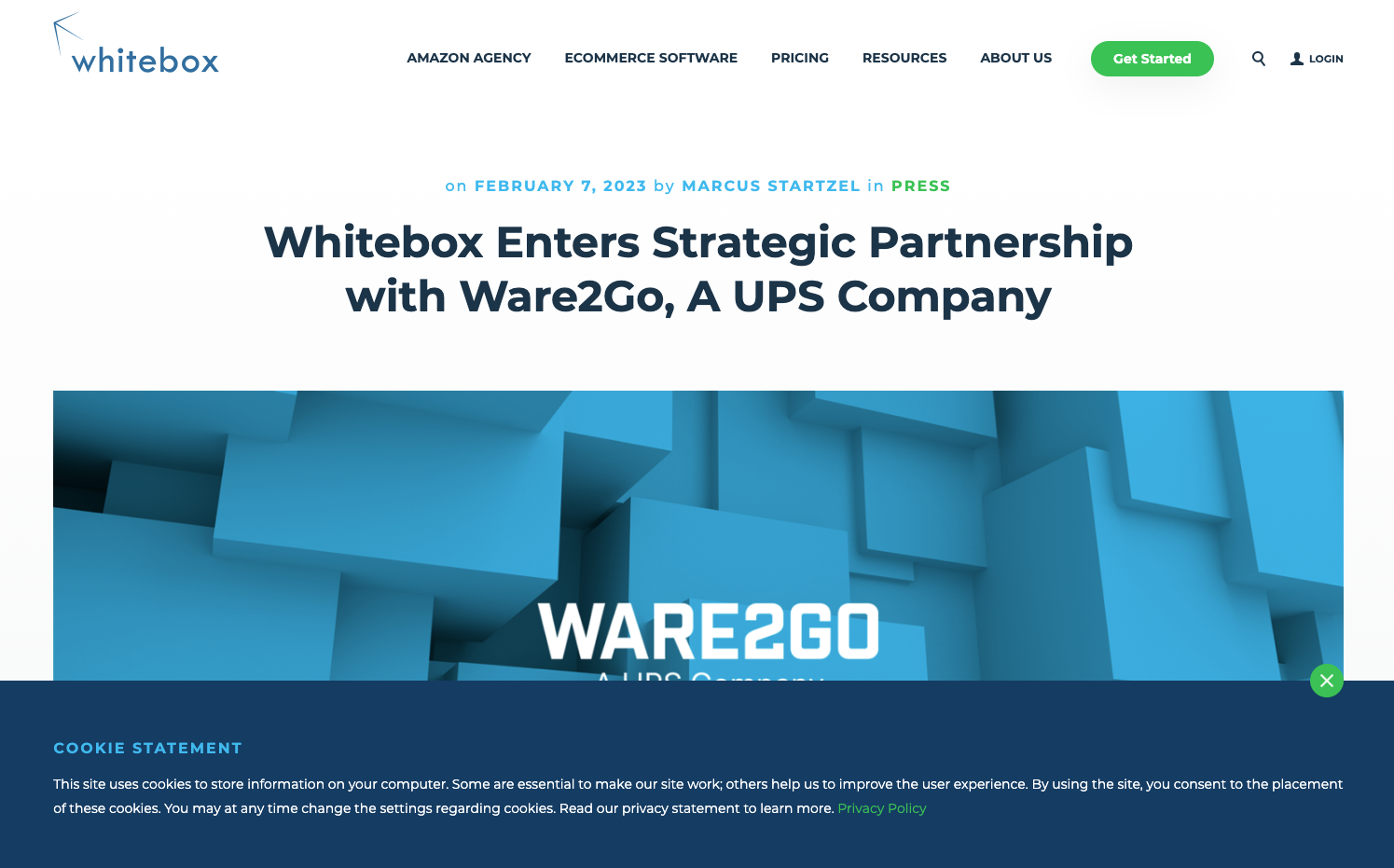
Still haven’t found the right fit? These 3PLs might be worth exploring
- ShipHero – Solid for mid-size brands scaling quickly
- ShipNetwork (Rakuten) – Enterprise-level tools
- Whitebox – Full-service ecommerce + fulfillment
- Fulfillrite – Popular with Kickstarter sellers
- Flowspace – On-demand warehousing across networks
Many of these providers don’t require monthly minimums and are more transparent about pricing structures. Just make sure to ask about:
- Integrations
- Storage fees
- Support quality
- Long-term commitments
FAQs: Flexport Alternatives
What exactly is the Flexport $5,000 monthly minimum?
Starting January 1, 2026, Flexport will require a minimum of $5,000 in non‑D2C storage spend per month—covering services like fulfillment, parcel, freight, prep, labels, and more. If your eligible spend falls short, Flexport charges you the difference as a fee on your next invoice.
Does storage for DTC count toward the Flexport minimum?
No. Only non‑D2C spend counts, standard DTC storage is excluded. Even credit card processing fees and labeling are included in the total that must meet the minimum.
How was the Flexport $500 minimum different?
Between July 1 and December 31, 2025, the minimum was $500/month. That was expected to affect sellers fulfilling under approximately 40 orders/month (about one per day). In 2026, the bar jumps dramatically. Sellers who sail past 40+ orders may still fall short if services used are lower-cost or fewer in volume.
How does Flexport calculate their Minimum Monthly fee?
At the end of each month:
-
They total your non‑D2C spend
-
Compare it to the applicable minimum
-
If you’re short, they invoice the delta in the first invoice of the next month
(e.g., January’s shortfall shows up on February’s bill)
Can I pull inventory out before Flexport's new fees kick in?
Absolutely. Flexport is offering help with removals or disposals via the Seller Portal. If you act before early 2025 rate changes, you'll still pay under the old removal pricing.
What should I do now if I'm a Flexport Customer?
-
Track your non‑D2C spend in Flexport’s Seller Portal analytics.
-
Compare that cost to the new $5K minimum.
-
Explore “Flexport alternatives”, there are many 3PLs that offer pay‑as‑you‑go models or very low monthly minimums.
-
Request detailed quotes, ask about hidden fees, and run a small test batch before fully committing.
Summary and Key Points
Flexport’s new fulfillment fee policy may feel like a setback – but it could be the push that leads you to a more suitable fulfillment partner. As we’ve discussed, there are plenty of Flexport alternatives ready to serve small and mid-sized sellers without punitive monthly fees. The key is to assess your own business needs and find a 3PL that aligns with them in both services and cost structure. Whether you opt for a friendly, no-minimum provider like eFulfillment Service, a tech-driven network like ShipBob, or another specialized fulfillment solution, make sure to do your homework: request quotes, ask about all fees (storage, onboarding, returns, etc.), read customer reviews, and perhaps trial a small batch of orders before fully committing.
Most importantly, keep your customers front and center. Whichever fulfillment partner you choose should help you maintain reliable, fast, and cost-effective service to your buyers. A change like this can be disruptive, but with the right alternative in place, your business can continue to grow and delight customers – without a $5,000 monthly cloud hanging over your head.


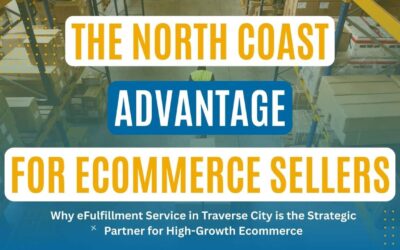

0 Comments